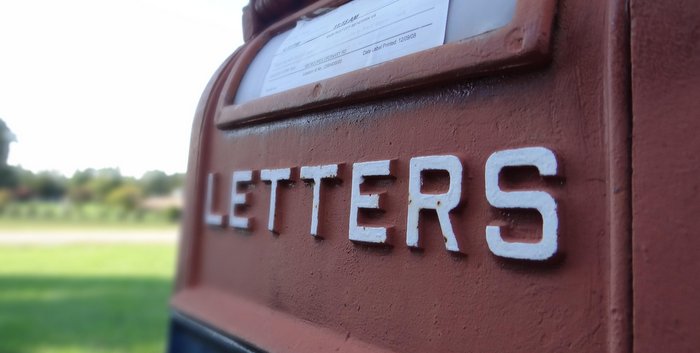Here at Fleet Equipment, we make sure to go the extra mile to tackle any truck topic and leave no question unanswered. Occasionally, our most excellent readers reach out for even more info. When that happens, the FE team hits the streets to track down the right people to get the right answer, and then we share that with our entire audience. So we bring you the FE Reader Mail Bag. On to your (virtual) letters!
(If you ever have a question, be sure to reach out to Jason Morgan, editor, at [email protected])
Getting a load of gallons per hour
Hello Jason,
I wonder if you could further clarify the fuel usage rates noted between the main engine and that of the APU as described in the [recent] article?
You don’t specify the conditions for a truck engine requiring about a gallon per hour – but based on the topic I would assume you mean when idling and without any load?
For the APU engine you mention a usage rate of about .25 gallons per hour but don’t state the load conditions in consideration. These would vary and to state anything other than values for say 50%, 75% and “100%” levels would be meaningless as one would not be very wise to operate an auxiliary power device at idle. I found limited information on the manufacturer website but from experience a fuel usage rate of .25 gallons per hour would be for a light or non-existent load.
Look forward to your reply.
Thanks.
John Fischer
Palatine, Illinois
Fleet Equipment turned to Thermo King’s Steve DeLarosby, product manager at Thermo King for the answer. Here’s what he had to say:
Hello Mr. Fischer,
Thank you for your follow up and great question on how we calculated the fuel consumption for the TriPac Evolution.
You are very correct that different engine load conditions have a significant impact on actual fuel consumption. Our published fuel consumption rate is based on a combination of two different conditions:
First, under a high load condition with an ambient temperature of 110 degrees F and an initial internal sleeper cab temperature of 110 degrees Fahrenheit (F), we have test verified our actual fuel consumption to be .254 gallons per hour. Under a more normal test condition of 85 degrees F ambient temperature and internal sleeper cab temperature of 85 degrees F (US government data states that 90 percent of the country is below 90 degrees F, 90 percent of the time) our test verified fuel consumption is .125 gallons per hour. Taking a conservative or worst-case scenario approach, we averaged those two conditions 50/50, and the result is our published .189 gallons per hour fuel consumption rate.
Additionally, some of our customers have performed their own “real life” test on a tractor in a warm ambient temperature with a driver onboard utilizing typical electrical loads performing everyday tasks, and their fuel consumption results were very similar to ours. We are very confident that TriPac Evolution provides one of the most efficient and reliable diesel APU in the industry, and the popularity of our product in the market is confirmation for Thermo King that our customers believe it too.
Thank you again for your great question. If there is any other information I can provide you, please do not hesitate to ask.
Sincerely,
Steve DeLarosby
Product Manager – APU & Heaters
Thermo King Corporation














